The exhibition Endless Edges by artist Paul Neagu at The Museum of Art in Cluj was an unusual experience for me, similar to, without exaggeration, a series of electric shocks. And not because of the spectacular technique of the works or shocking subjects, but due to the fact that I realized I am envisioning and am a witness to a very remarkable pictorial universe, encrypted in a visual code and conceptually designed by the mind of a visionary.
The exhibition curated by Simona Nastac at The Museum of Art in Cluj, made me search for information and deepen my knowledge about this noteworthy Romanian artist that I knew very few things about and of which no one ever spoke to me. I found out, as my instincts already told me, that he was a cerebral artist, interested in history, with a diverse portfolio and visual formulas. He was very prolific; he painted, worked with graphics, sculpture, art installations, body-art and poetry, embracing a teaching career at prestigious British universities: Chelsea School of Art (1975-1981) and Royal College of Art (1976-1986). He is sometimes referred to as the most important Romanian artist since Constantin Brâncuși and managed to inspire international artists like Anthony Gormley, Anish Kapoor, Tony Cragg, and Richard Deakon. His art was featured at the Institute for Contemporary Art in London (1979), Oxford Modern Art (1975), Serpentine Gallery (1987) and some of his works are part of public collections such as the Victoria and Albert Museum, the Henry Moore Foundation, the Scottish National Gallery of Modern Art and Romania’s National Museum of Art.
This exhibition is part of a big festivity dedicated to the artist in Romania, entitled Paul Neagu. The (r)evolution of the form and it contains three exhibitions, opened almost simultaneously, with his most important pieces. Jecza Gallery opened the exhibition Paul Neagu. Regenerative objects, curated by Horea Avram and containing 39 works from private collections belonging to PhD Sorin Costina, the Neagu family and Ovidiou Șandor. The Museum of Art in Timișoara launched Paul Neagu. A life’s work as a visual hermeneutics, with Ileana Pintilie as curator, bringing together 63 works from Sorin Costina and the Neagu family’s collections.
Endless Edges is composed of 64 works from Mircea Pinte’s collection and it includes tactile objects made in 1968-1970, abstract compositions done with mixed techniques (with reference to Plato’s theory of the elements), the Modern Energy Paintings, the graphical series Antropocosmos with its cellular representations of the human body, the Hyphen wooden and metal sculptures, New Hyphen, Starhead and the bronze series Nine catalytic stations (Epagoge).
The critic Mel Gooding said about the artist: “Neagu belongs in another tradition altogether which conceives of the artist as a spiritual voyager and experimental philosopher. The progenitors of this tradition in its modernist manifestation are Malevich and Brancusi. “
That being said, I will now focus on my own perception of the exhibition. I consider any work of art to be primordially organic. I see things from the perspective of a visual artist, I could never be as detached as a theorist. As I entered the exhibition halls of the Museum of Art in Cluj, I was intrigued by the hermetic nature of Neagu’s works. They were pushing me to devour each and every one of the pieces, room by room. I was astounded by the diversity of visual forms, the techniques used and the artist’s coherency to correlate the tridimensional objects to their artistic representations using different graphical formulas or pictorial dimensions. From the curator’s point of view, the exhibition was well thought out, containing spacious dialogues between the works.
The graphical series Antrocosmos intrigued me the most. The work is focused on presenting the relationships that the human body entertains, from cell form up to its universal integration in the world. The aesthetic quality of the works is due to the simple design and the coherency with which the human figure is encrypted into the cosmos. The human body cells build a very well put together net. If you were to remove even one small piece, the domino effect would ensue, the structure would disintegrate. The artist succeeds in making his own code of visual and conceptual enciphering of the universe, giving birth to a unique, dare I say truly original, world of shapes and symbols. The manner in which Paul Neagu conceives his compositional space and the harmony that serves his ideas transforms the artist’s work into an encyclopedia that is expertly connected in volumes, colors and graphics with philosophical features.
I was very impressed by the visual element of the Energy Paintings series that I perceived in contrast to the Antropocosmos series and the sculptural Hyphen series. Neagu’s paintings are, as I see them, a hybrid between Van Gogh’s brush work on Starry Night and the chromatic energy of Țuculescu’s works. The transition from the conceptual take on the human body that lacks aesthetic qualities, to these visceral and electric paintings is extremely versatile.
Hyphen is the central element of Endless Edges (it has the shape of a rectangle on top of a tripod) and it is described by the artist as “an archetype of the becoming of human kind for the 21st century, the principle of connection and divide at the same time”. The motif of the hyphen, along with the sphere, has been cultivated and continuously reimagined by the artist over the course of three decades. The curator Simona Nastac says that in Neagu’s vision, the hyphen stands for point zero of design and the sphere is point zero of sculpture – they generate the artist’s visual code and language based on the basic elements: rectangle, triangle and circle. Throughout his lifetime, the artist created over 80 sculptures for the Hyphen series and a consistent series of sketches and paintings inspired by Hyphen. All these finally converge into a set of symbolic sculptures for Nine catalytic stations, conceived as a variation of the aforementioned elements: triangle, rectangle, circle and spiral. I felt as if I was visualizing bodies from space – another dimension with hermetic and enigmatic characteristics.
Neagu’s sculptures can be described as minimal and even glacial formally speaking, but you can sense that behind these works lies a very hard search that reveals an overwhelming concern for the idea as a generator of forms and vice versa. The solemn atmosphere produced by the artist’s works and their visual intensity are similar to the black monolith’s presence in Stanley Kubrick’s 2001 A Space Odyssey.
I liked Starhead better than the Hyphen sculptures, but this is only because I respond better to the spectacular rather than the minimal. At least for now. Starhead is in a very intense and meaningful visual dialogue with the pastel mirrored sketch. Neagu explores the volume, the room in which this dialogue takes place, and its meaning in all his visual means of expression. The artist never “got stuck” in a singular artistic discourse. His work is an accumulation of searches, questions and answers. You see this form brought into his sculptures as a tridimensional entity in the gallery, then transposed as an object (sometimes even painted) on the walls, and last but not least presented in sketches.
After visiting the whole exhibition, I wasn’t able to identify a clear “beginning” or “end”. It was like a route of knowledge via the images of certain concepts about the world, the existence and the condition of matter in the universe. With each work he creates, the artist adds another piece to the encrypting and deciphering puzzle of human existence, both formally and spiritually. Paul Neagu is probing the world in which he lives, trying to understand it and feel it so that he can later encipher it and offer it to the viewer as a new way of interrogation, from the microcosmic to the macrocosmic universe.
Endless Edges was at the Art Museum in Cluj between November 29, 2014 – January 11, 2015.
POSTED BY
Ada Muntean
Ada is a Graduate of University of Art and Design in Cluj-Napoca and has a PhD in Visual Arts (2019), conceiving a research thesis entitled "The Human Body as Image and Instrument in Contemporary Art....


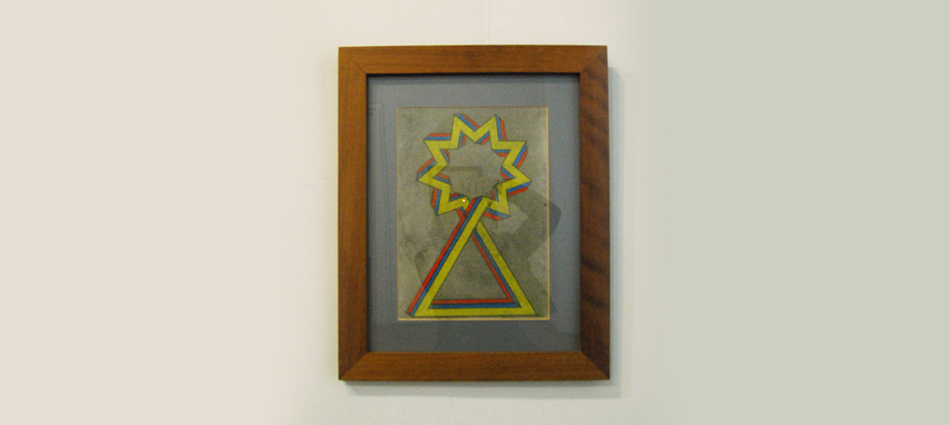
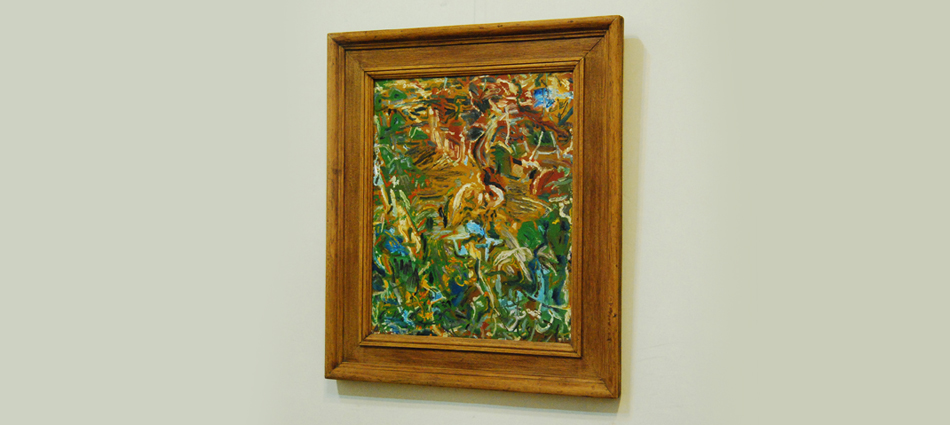
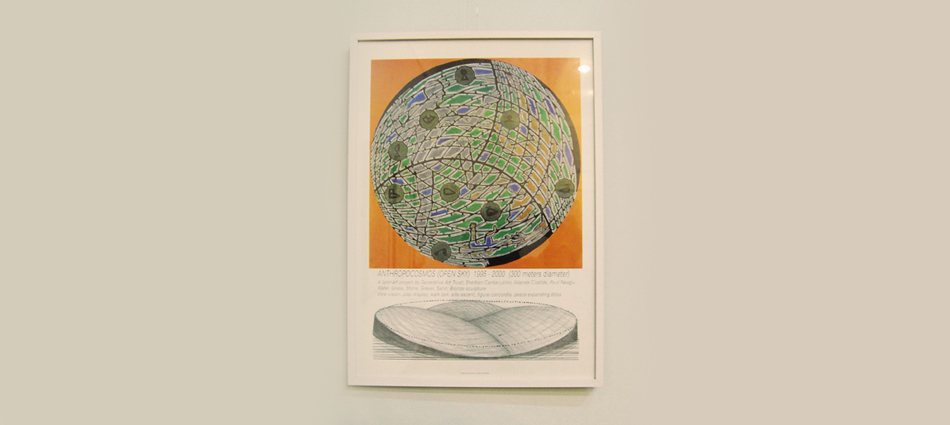
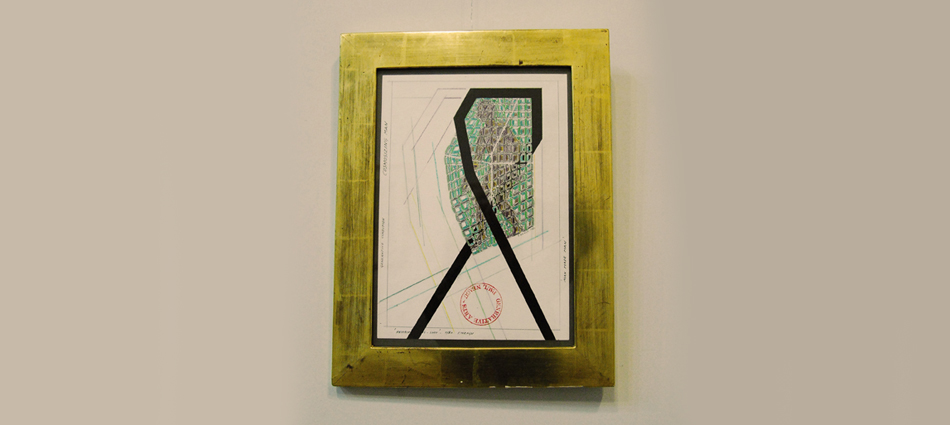
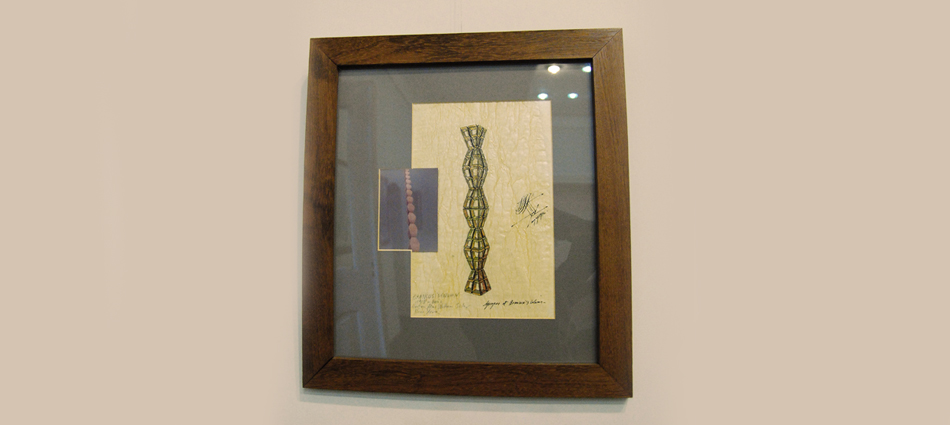
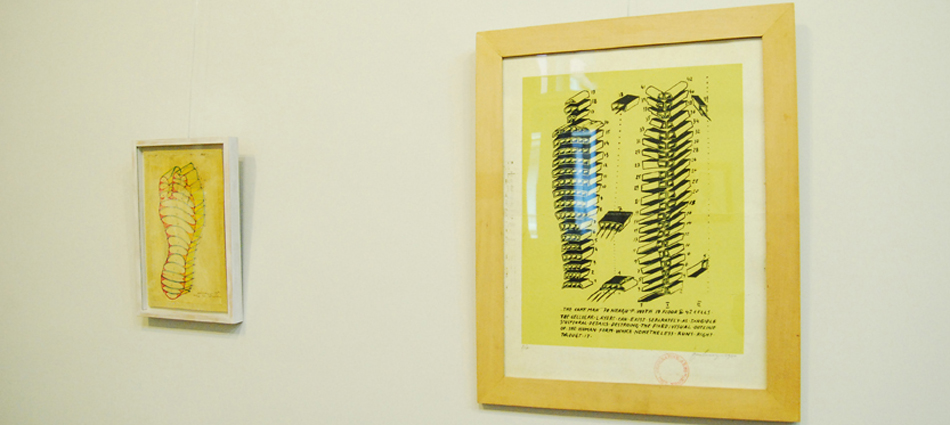
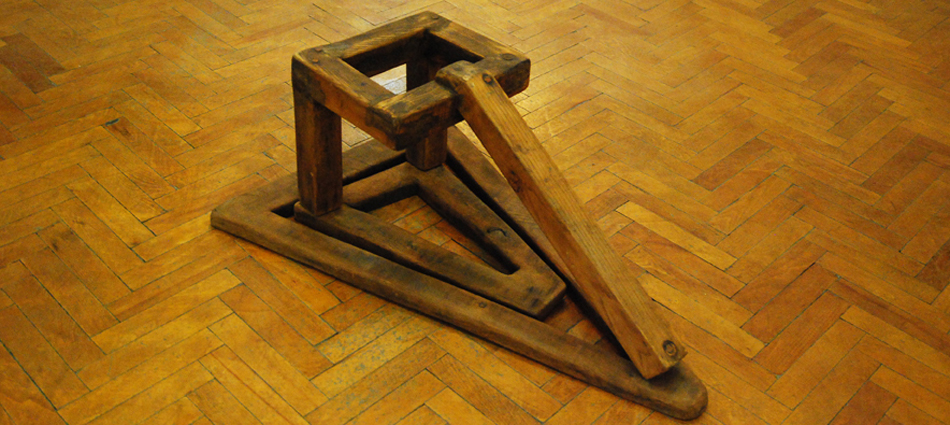
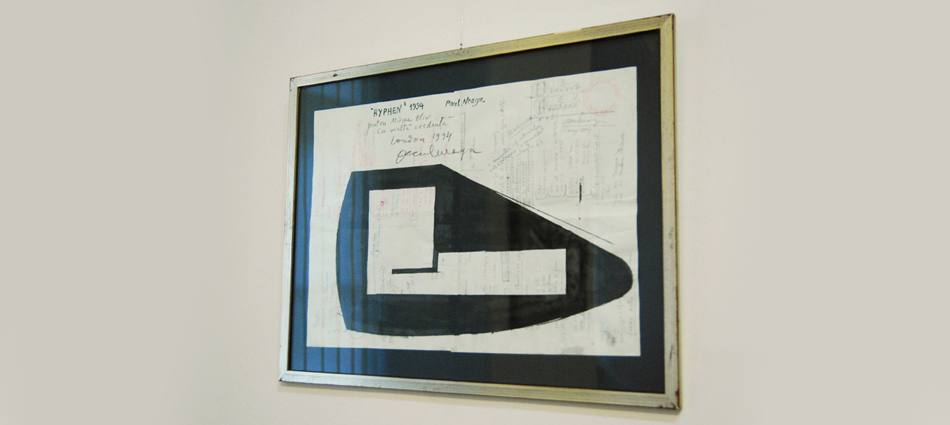
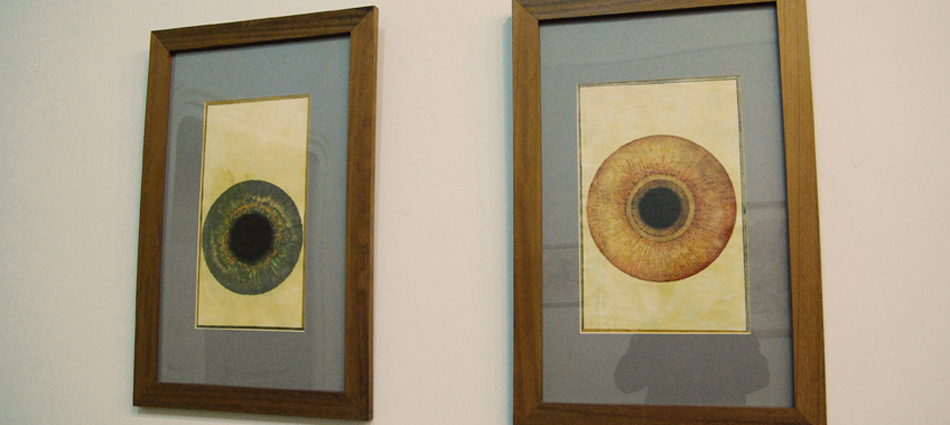
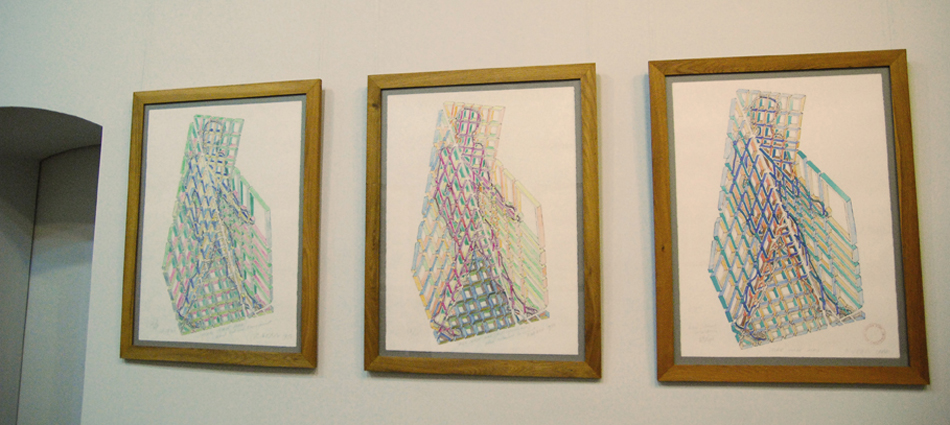
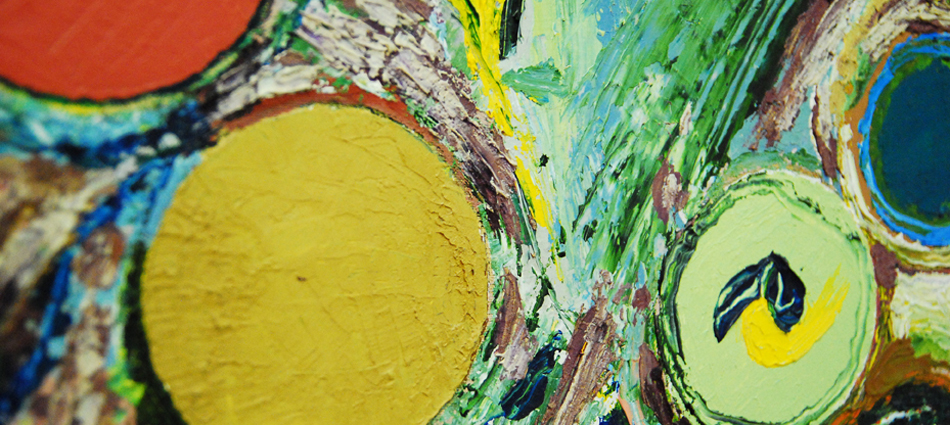
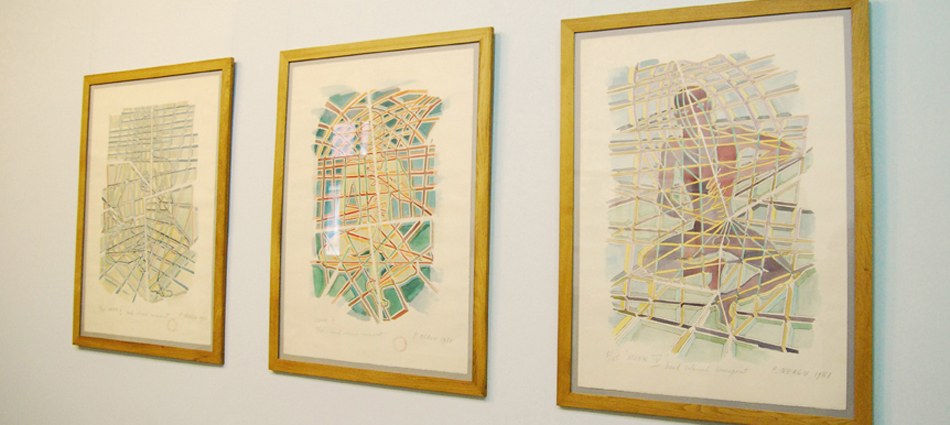
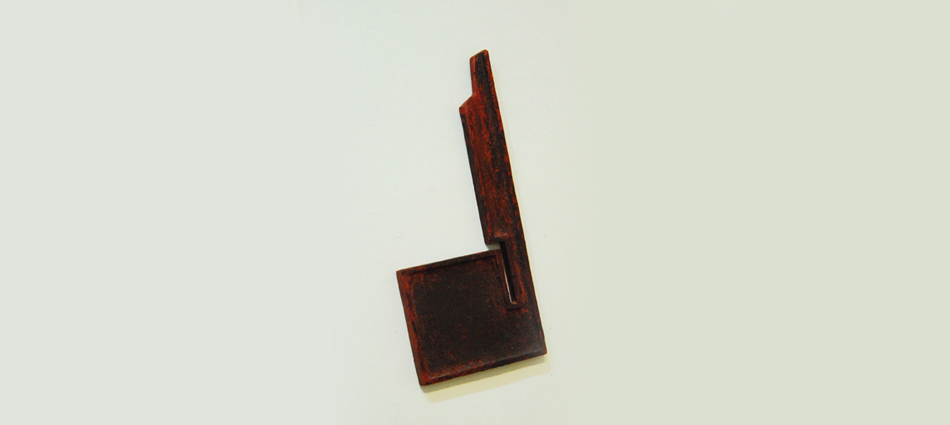
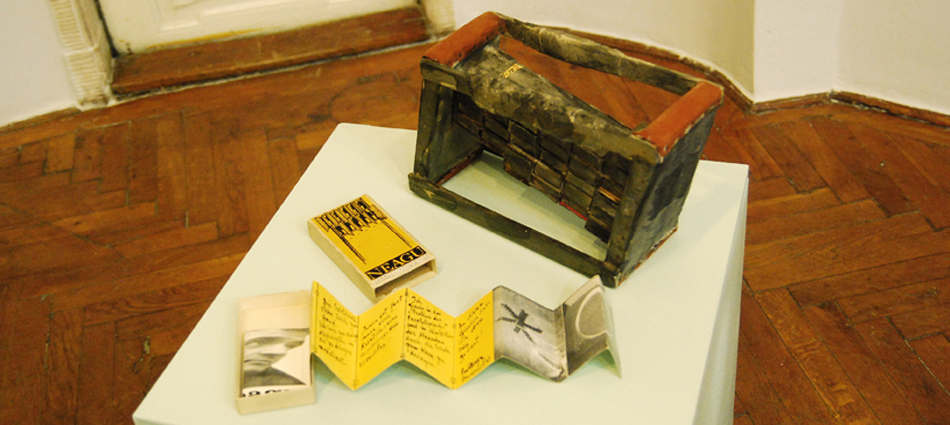
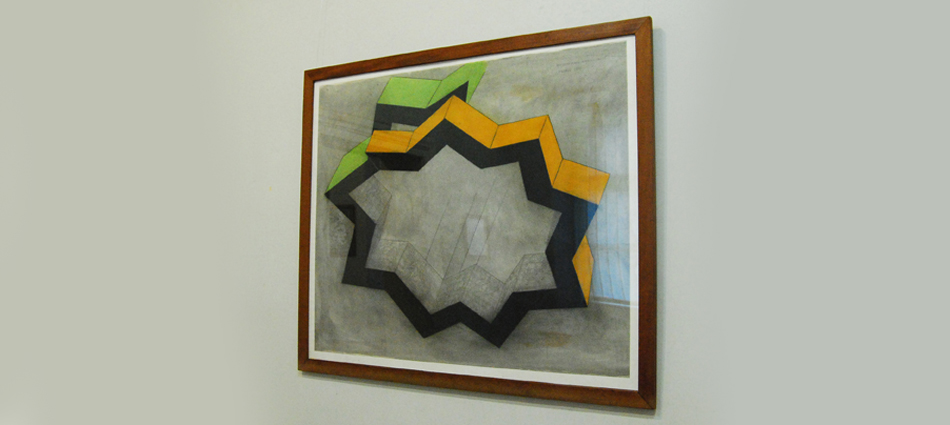
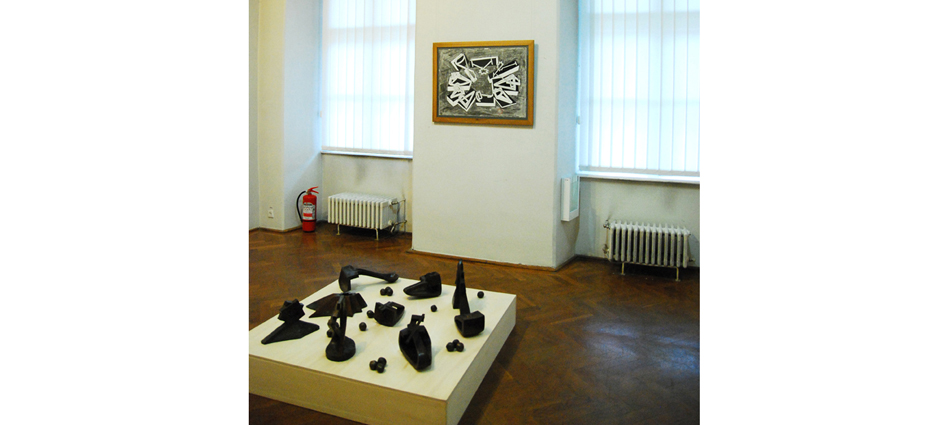
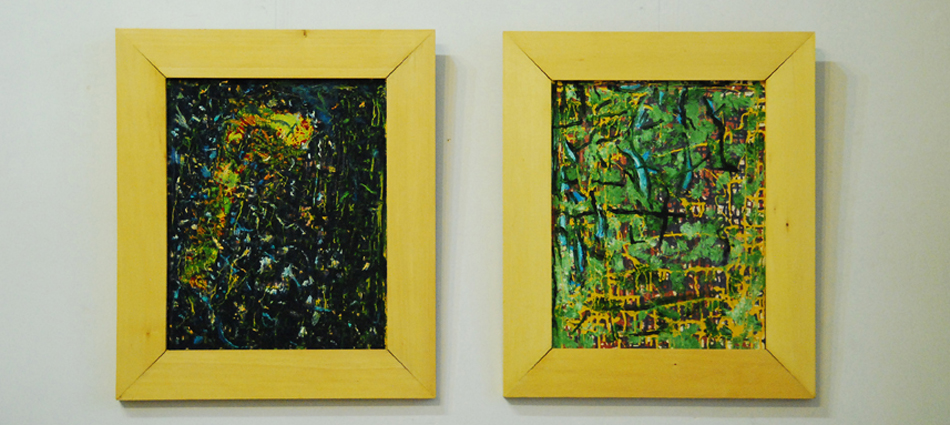
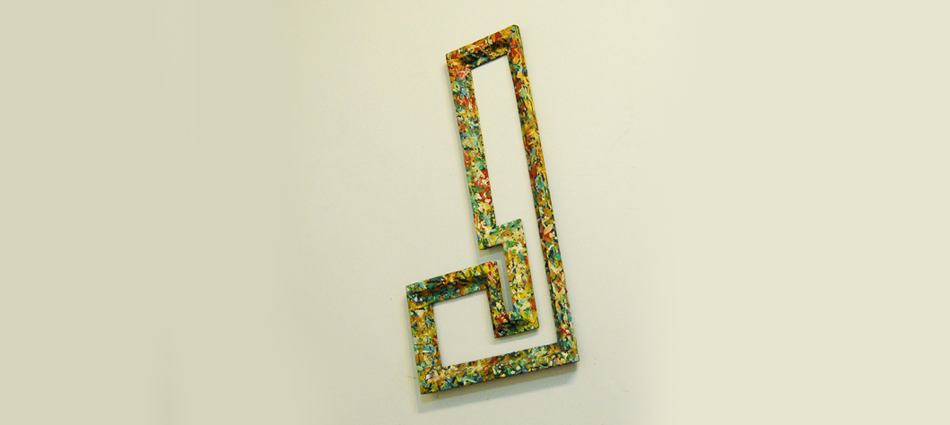
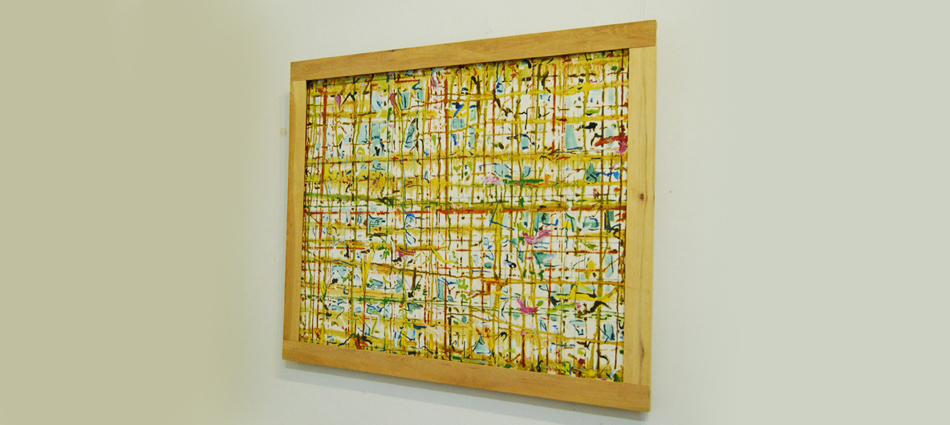
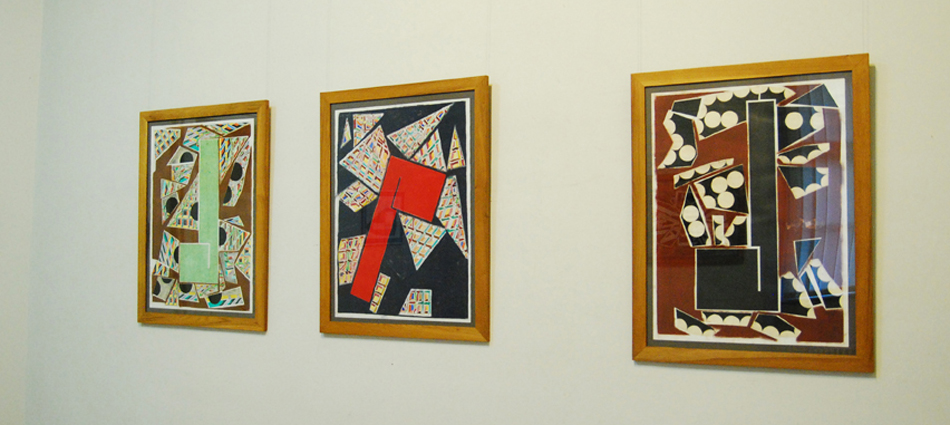
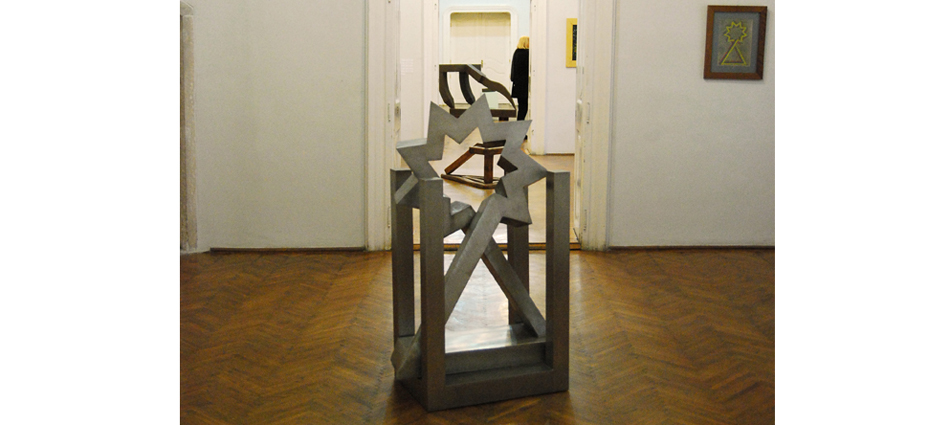
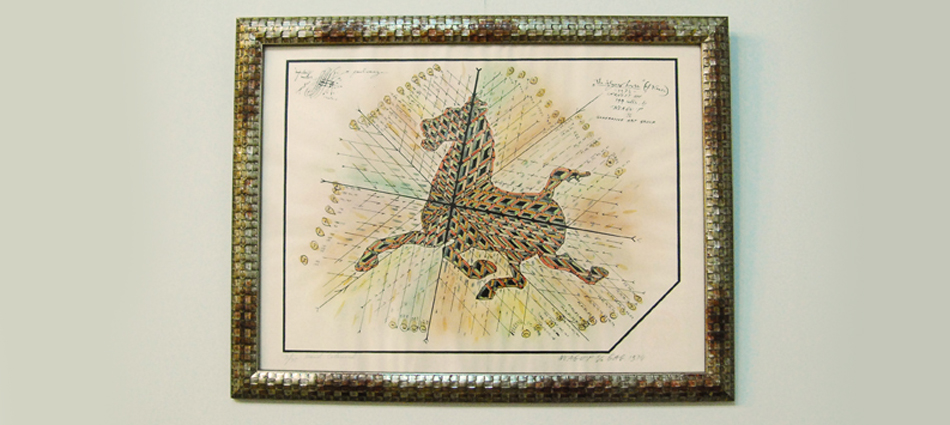
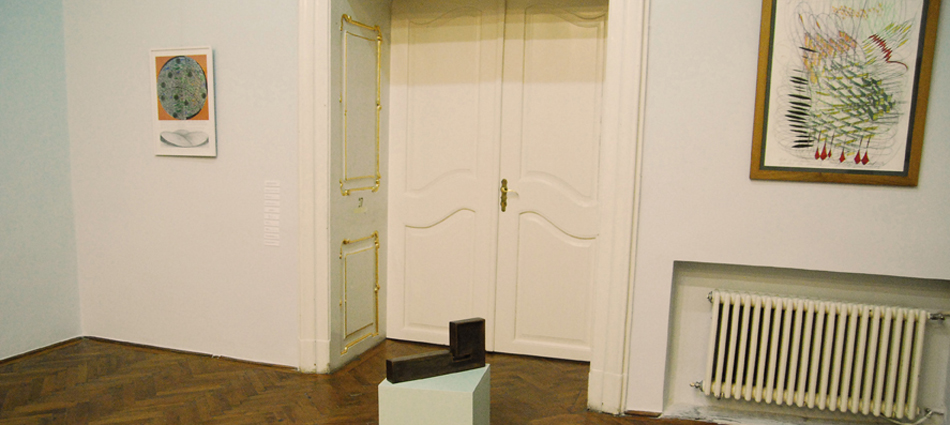
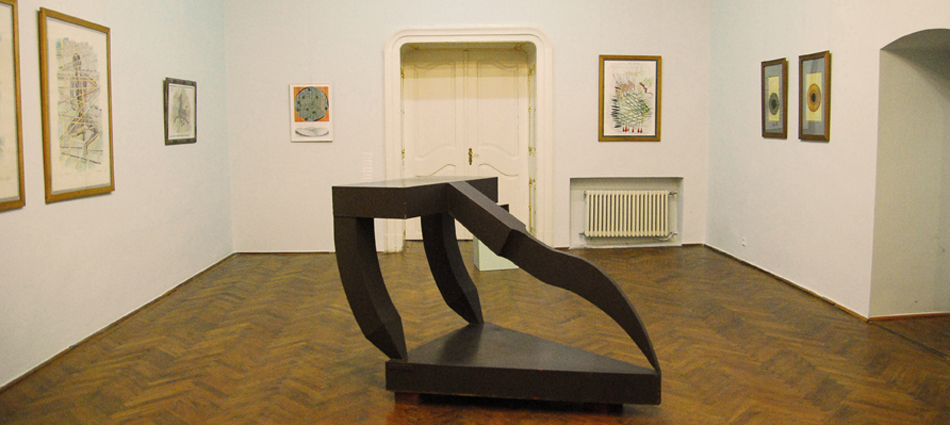
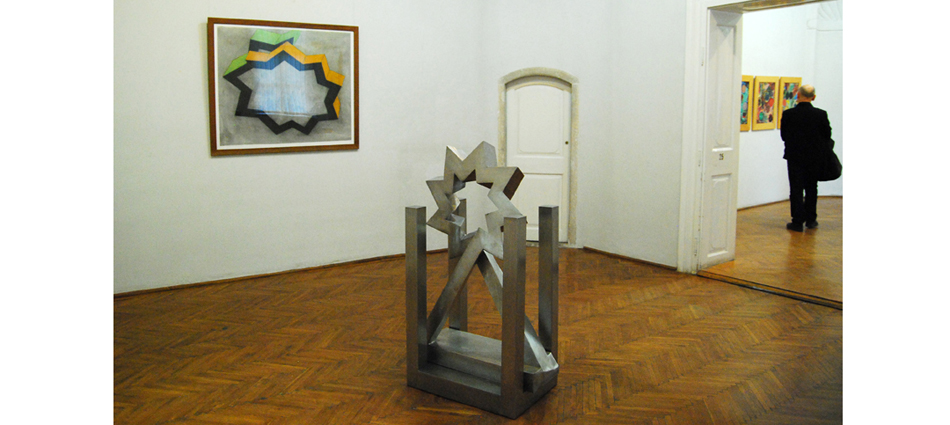
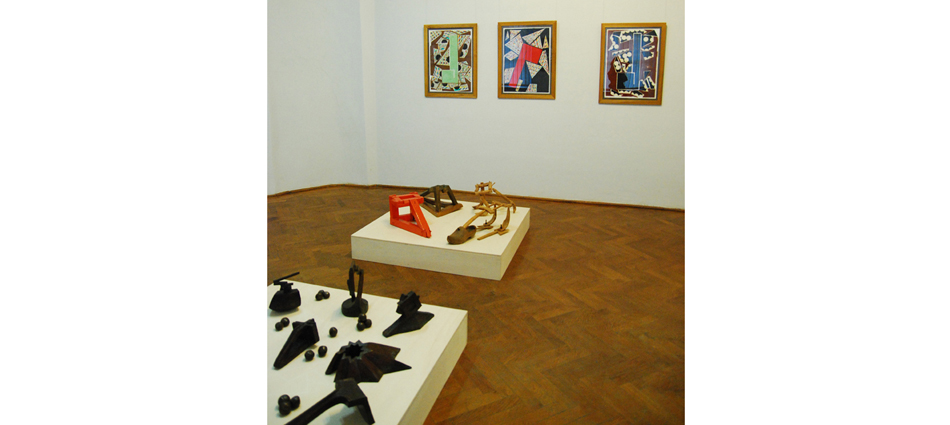
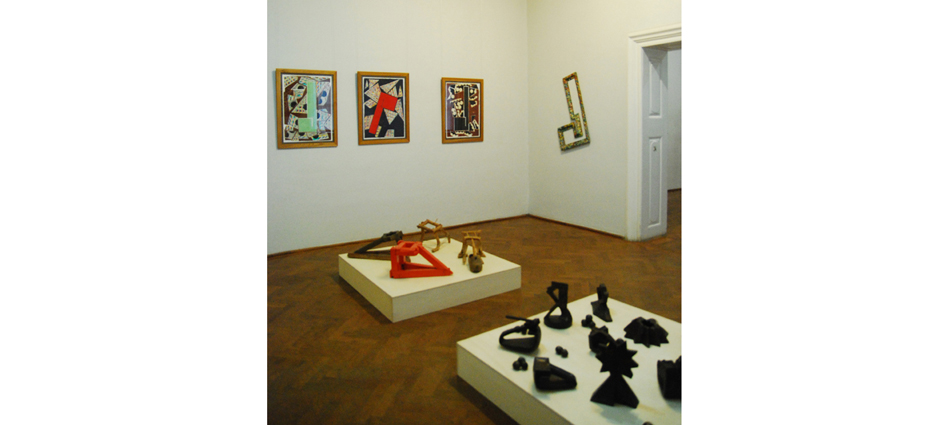
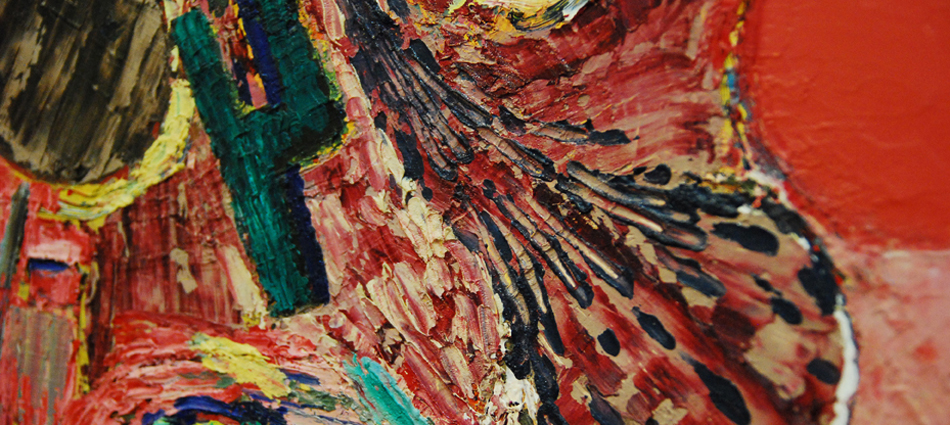
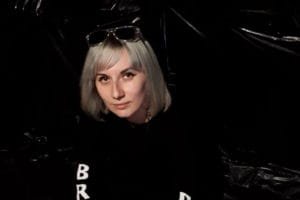
Comments are closed here.